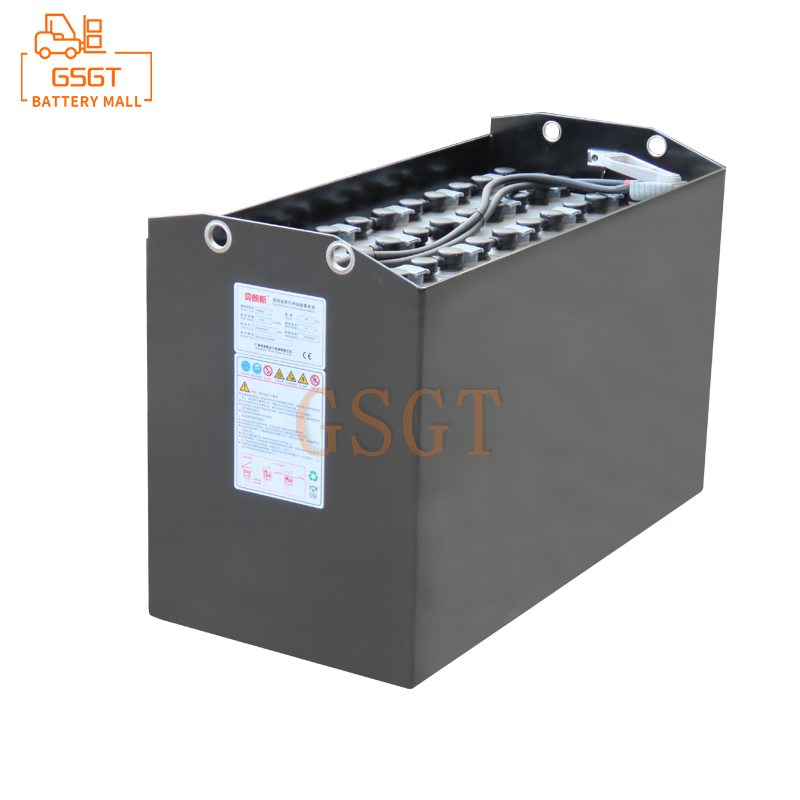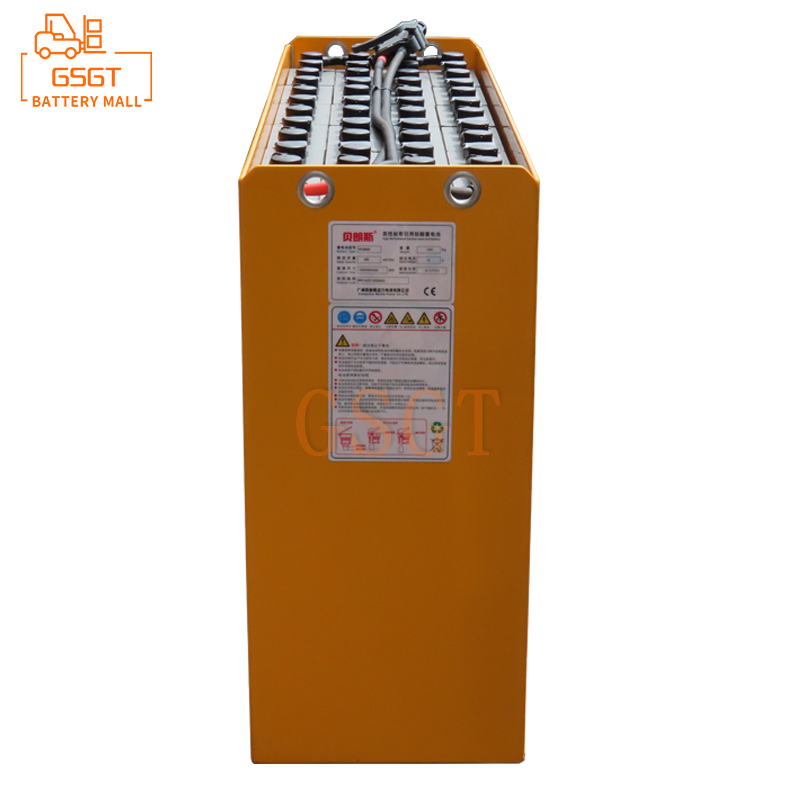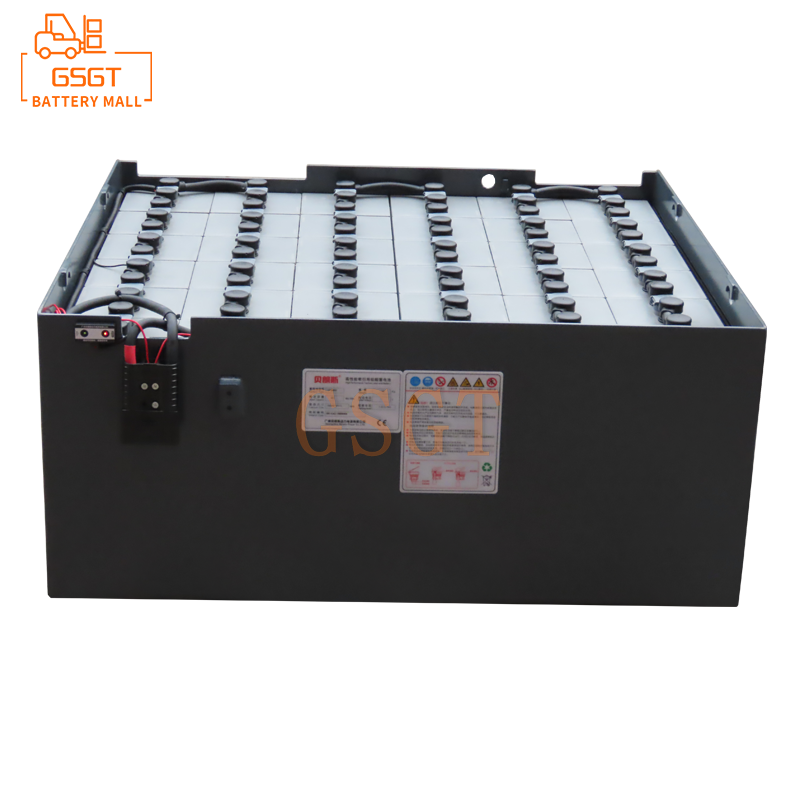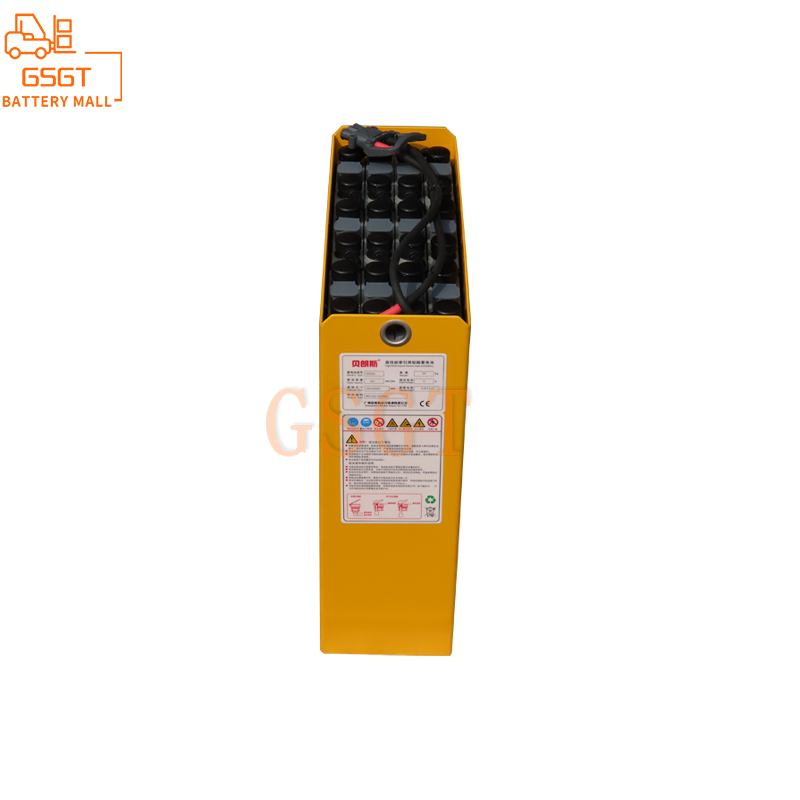Time:2025-03-27 16:59:05
Browse:600
Since the advent of lead-acid batteries, with its advantages of mature technology, low cost, stable high and low temperature performance, they have been widely used in many fields such as car starting, backup power supply, and electric bicycles. However, with the growth of the use of time, lead-acid batteries inevitably appear capacity attenuation phenomenon, which not only reduces its performance, but also increases the cost of use. It is of great significance to investigate the causes of capacity attenuation and formulate effective prevention strategies for prolonging the service life of lead-acid batteries and improving their comprehensive efficiency.
## Capacity attenuation reason analysis
### plate vulcanization
Plate vulcanization is a common and key factor leading to the capacity attenuation of lead-acid batteries. When the battery is in a state of undercharge for a long time, or is not replenishable in time after frequent use in a low temperature environment, the lead sulfate inside the battery cannot be completely converted into active substances, and some of the lead sulfate will crystallize on the surface of the plate, forming a coarse, hard and difficult to dissolve lead sulfate crystal, that is, the vulcanization phenomenon. These crystals occupy the surface area of the plate, block the pores of the plate, and hinder the contact and chemical reaction between the electrolyte and the active substance, resulting in a significant decrease in the battery capacity. For example, in the winter low temperature environment, if the electric bicycle is not charged in time after use, it will obviously feel that the battery is insufficient and the driving range is shortened when used again the next day, which is most likely caused by plate vulcanization.
### Lost water and dried up
In the process of charging and discharging lead-acid battery, there will be a complex electrochemical reaction inside. When charging, water will be decomposed into hydrogen and oxygen escape from the battery, if the safety valve quality of the battery is poor, or the charging voltage is too high, charging time is too long, the water loss rate will be accelerated. As the water continues to decrease, the concentration of the electrolyte increases, the viscosity increases, and the diffusion rate of ions in the electrolyte slows down, resulting in the increase of the internal resistance of the battery, the reduction of the electrochemical reaction efficiency, and then the capacity attenuation. For some lead-acid batteries with a long service life, when opening the battery cover to check, it can often be found that the electrolyte level has decreased significantly, which is the intuitive performance of water loss and dry, which will directly affect the starting performance of the battery.
### The active substance falls off
During the charge and discharge cycle of the battery, the active substance on the plate will continue to expand and contract. Frequent charging and discharging, excessive charging and discharging current and violent vibration will aggravate the expansion and contraction degree of the active substance, and over time, the adhesion between the active substance and the plate will decline and gradually fall off the plate. The shed active substances accumulate at the bottom of the battery, reducing the number of effective active substances involved in the electrochemical reaction, so that the battery capacity is reduced. For example, under the condition of frequent start and braking of electric forklift trucks, the lead-acid battery is subjected to a large shock, the active substance shedding phenomenon is more serious, and the battery life of the forklift trucks will be felt much less than before after a period of time.
### Grid corrosion
The grid of lead-acid batteries is usually made of lead-antimony alloy or lead-calcium alloy. In the working process of the battery, the grid, as the carrier of current conduction, will chemically react with the electrolyte and be corroded. Especially in the acidic electrolyte environment, high temperature, high charging voltage and other conditions, the grid corrosion rate is accelerated. Grid corrosion will reduce the cross-sectional area and increase the resistance, resulting in poor current conduction, affecting the charge and discharge performance of the battery, but also damage the plate structure, resulting in damage to the connection between the active substance and the grid, and further accelerate capacity decay. The backup lead-acid battery used in some communication base stations in high temperature environments has a particularly prominent problem of grid corrosion due to poor heat dissipation conditions, and the battery life is significantly shortened.
## Effective strategies to prevent capacity decay
### Optimize charge management
Reasonable charging method is the key to prevent the capacity attenuation of lead-acid battery. The smart charger can automatically adjust the charging voltage and current according to the real-time status of the battery. For example, the three-stage charging method is used, that is, the combination of constant current charging, constant voltage charging and floating charging. In the initial charging stage, the constant current is used to quickly replenish the battery. When the battery voltage rises to a certain value, the battery is charged at constant voltage to avoid overcharge. Finally, the floating charge stage is entered to maintain the full charge of the battery and supplement the loss of self-discharge. At the same time, strictly control the charging time to avoid overcharging, and the charging time of the general lead-acid battery should not exceed 8-10 hours. In addition, regular deep charging can fully charge the battery power after 20%-30%, 1-2 times a month, helping to eliminate plate vulcanization and restore part of the capacity.
### Control the use environment
Lead-acid batteries are sensitive to the temperature and humidity of the operating environment. It is most appropriate to control the ambient temperature of the battery at about 25 ° C, because too high or too low a temperature will affect the battery performance and life. When the temperature exceeds 35 ° C, take ventilation, heat dissipation, installation of air conditioning measures to cool down; In low temperature environments, such as winter, the battery can be installed with a thermal sleeve, or charged in a warm environment indoors before use. For humidity, keep the ambient relative humidity in the range of 40%-60%. If the humidity is too high, the battery cover and electrodes may be corroded. You can install a dehumidifier to control the humidity. For example, in a communication base station, air conditioners and dehumidifiers are installed to strictly control the ambient temperature and humidity of the equipment room, which can effectively extend the service life of lead-acid batteries.
### Avoid high current charge and discharge
High current charge and discharge will cause great damage to lead-acid batteries and accelerate capacity decay. When charging, try to choose the appropriate charging current, generally 1/10-1/15 of the battery capacity. For example, for a 100Ah battery, the charging current is controlled at 6.7-10A. In the discharge process, it is also necessary to avoid instantaneous large current discharge, such as when the electric bicycle starts, it should be slowly accelerated to avoid rapid acceleration resulting in large current discharge. At the same time, reasonable planning of the battery use scenario to avoid the battery working in conditions beyond its rated current can effectively reduce the fall off of active substances and grid corrosion, and extend the battery life.
### Regular maintenance
Regular inspection and maintenance of lead-acid batteries is an important means to prevent capacity decay. Check the electrolyte level once a month. If the liquid level is too low, add distilled water or special lead-acid battery refill liquid in time to keep the liquid level within the normal range. Clean the battery surface regularly to prevent short circuit caused by accumulation of dust and impurities. The battery capacity is tested every 3-6 months, and the actual capacity of the battery is measured by professional equipment to understand the health status of the battery. If the capacity attenuation is abnormal, find out the cause and take appropriate measures in time. In addition, for long-term idle batteries, supplementary charging should be carried out once a month to prevent plate vulcanization.
The attenuation of lead-acid battery capacity is the result of many factors. By deeply understanding the decay causes such as plate vulcanization, water loss and drying, active material shedding and grid corrosion, and taking targeted preventive strategies such as optimizing charge management, controlling the use environment, avoiding high current charge and discharge and regular maintenance, the capacity decay rate of lead-acid batteries can be effectively delayed, their service life can be extended, and the application value of lead-acid batteries in various fields can be fully utilized. Reduce the cost of use and provide strong support for the sustainable development of related industries.

$2450

$3810

$4045

$1270

MESSAGE
Professional And Efficient
Security
Affordable Price
Professional Services